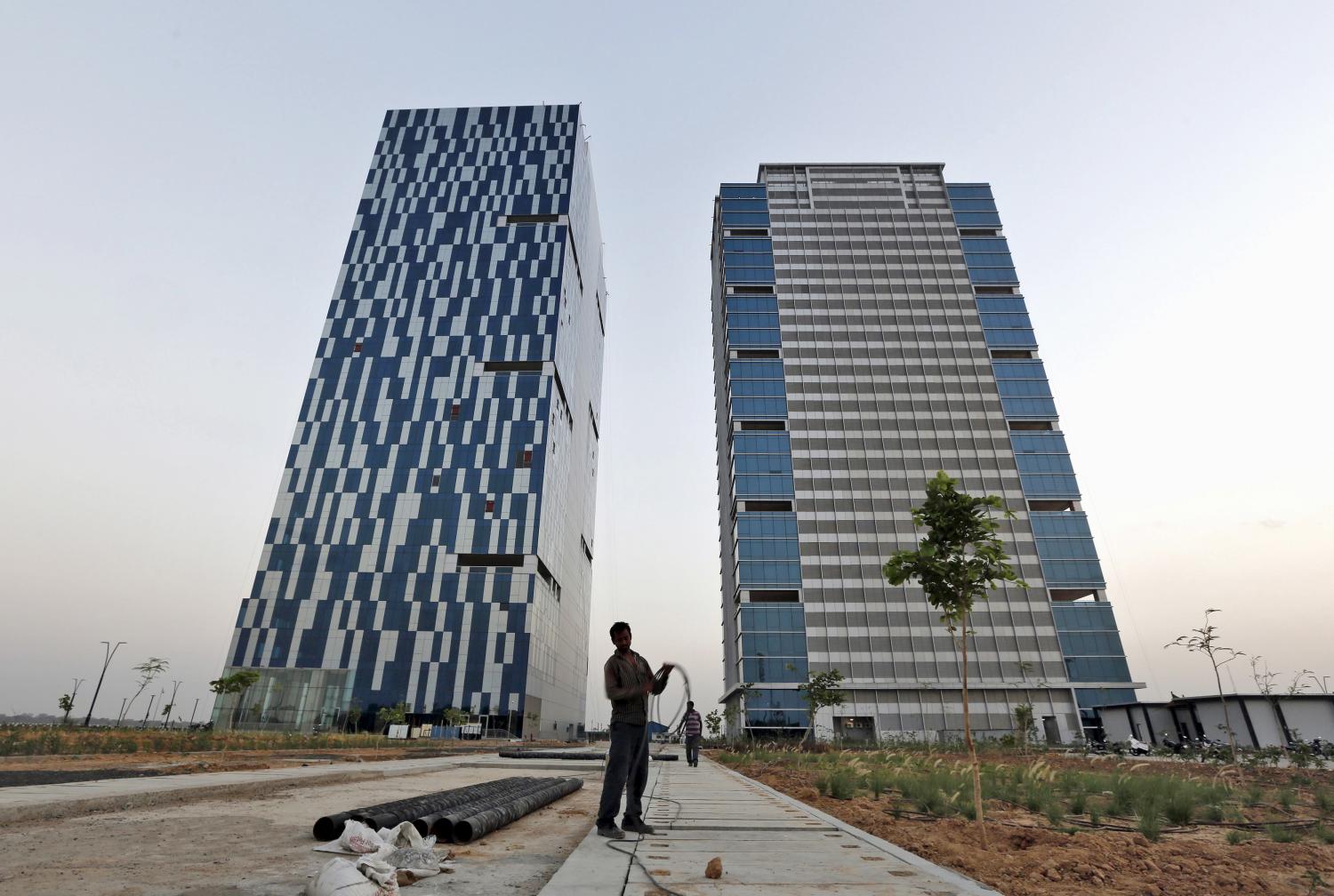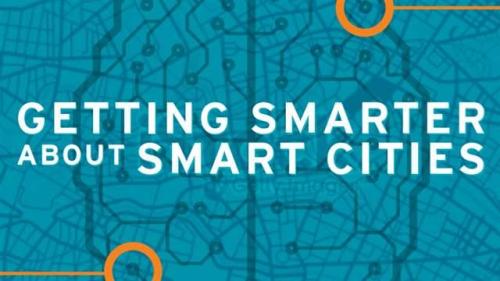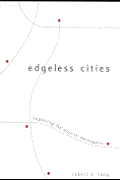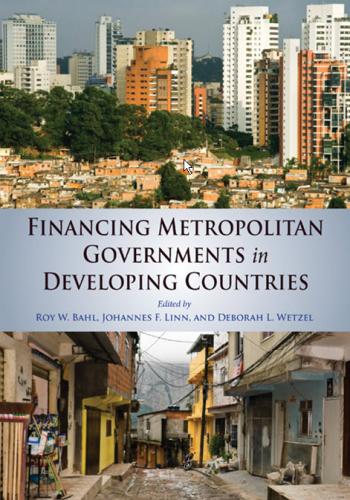The hottest wave in technology today is not about the individual consumer, but the “smart city.”
Global companies, having wired people throughout the world, are now on a mission to connect cities, within and without, through the integrated application of advanced technologies like wireless sensors and processors, mobile and video telecommunications, and geographic information systems. The tantalizing prospect: cities and metropolitan areas that use technology to manage urban congestion, maximize energy efficiency, enhance public security, allocate scarce resources based on real time evidence, even educate their citizenry through remote learning.
With China and other rising nations urbanizing at a frenetic pace, the potential market for the design, production, application and integration of smart technologies is vast, $1.2 trillion by one estimate over the next decade.
The United States would seem tailor made for this market transformation. One of the most urbanized countries in the world, cities and metropolitan areas house over 83% of the population and generate 90 percent of national GDP. American companies (and the U.S. military) have been innovative leaders in the invention of technologies critical to making cities smart. Despite these natural advantages, the U.S. lags rather than leads the move towards smart cities.
New cities in developing economies have a leg up, because it is always easier to install and integrate technology from scratch rather than retrofit existing systems. The Tianjin Eco-City in China is deploying the latest in technologies in renewable energy, water conservation and intelligent transport to create a new community of 350,000 residents. Another new metropolis, Songdo, South Korea, is considered by technology experts to be the digital city of the future.
Yet established cities have also applied advanced technologies at scale when supported by strong public policies at the national scale. To this end, Germany’s low carbon framework helps explain why Hamburg and Freiburg are leaders in energy efficiency. Both cities have also adopted their own strict climate action plans that support development of more efficient and technologically-sophisticated buildings and transport networks. Freiburg has become known as the “Solar Region” of Germany, due to its clustering of solar manufacturing firms, research institutes and policies for deployment in commercial, industrial and residential buildings.
The most important barrier, however, to U.S. leadership may be institutional fragmentation. Unlike the sale of new iPhones or Kindles (which favor innovative design, creative branding and the purchasing power of well-off consumers), the growth of smart cities demands strategic execution at the municipal and metropolitan scale and a close working relationship between business, government, and the broader citizenry.
Despite America’s oft-stated preference for limited government, the United States is awash in a sea of balkanized governmental bodies. By one count, the U.S. has 19,492 units of general purpose municipal governments, 13,051 school districts, and 37,381 special authorities. The Chicago metropolis alone crosses 14 counties in three states and is chopped up into 347 municipalities, 365 school districts, and 137 library districts. As a consequence, the typical governmental body in the United States is small, inward looking, and under-resourced.
An excess of municipal governments (and the general absence of metropolitan governments) means that there is no “one stop shop” for the application of innovative technologies in American cities and metropolitan areas. The public institutions which make decisions about transport are different from the ones that make decisions about education or water. These separate entities rarely coordinate with each other to integrate technology (and share information) between themselves or with utilities and other private or quasi public entities. Federal and state governments rarely act to overcome this fragmentation by using strong mandates or healthy incentives to spur the widespread application of technology.
In contrast to increasing calls for U.S. government to get out of the way, catalyzing an American smart cities market requires governments to get in the game. The federal and state governments should become smart investors. Federal transportation law, for example, could reward metropolitan areas that embrace congestion pricing or allocate transportation resources based on the integration of housing, transport and employment data. States could require fragmented municipal governments to establish common platforms for shared services or challenges. All these efforts would trigger markets for the application of smart technology.
At the city or metropolitan scale, intermediaries are needed to negotiate across the fragmented landscape of governmental and private entities. An example of this is Amsterdam Innovation Motor (AIM), a public private partnership in the city of Amsterdam that is catalyzing the creation of a smart grid and wide-scale adoption of smart metering.
If governments don’t act, private companies could try to work with consortia or pools of governments to achieve the same goals (as IBM is doing with its “smart city in a box”). This is a second best solution, but one which is already used effectively for the procurement of goods and services.
To reap the benefits of the smart cities movement requires the U.S. get smart in more ways than one. At stake are not just greater livability and sustainability but the jobs and investment that accrue to communities at the cutting edge of innovation.
The Brookings Institution is committed to quality, independence, and impact.
We are supported by a diverse array of funders. In line with our values and policies, each Brookings publication represents the sole views of its author(s).









Commentary
Op-edWhy the U.S. Government Should Embrace Smart Cities
July 26, 2011